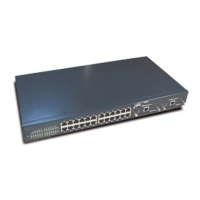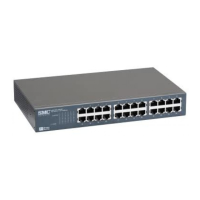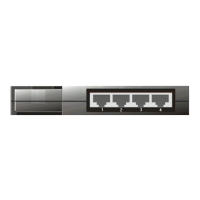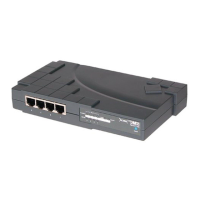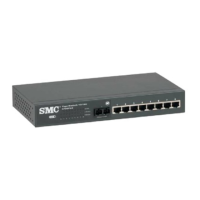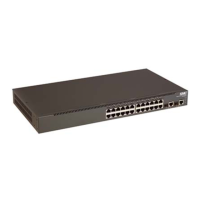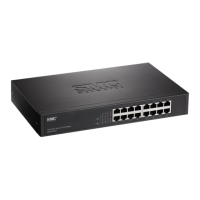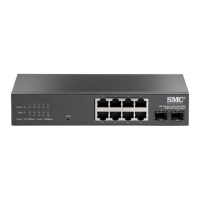C
HAPTER
4
| Making Network Connections
Cable Labeling and Connection Records
– 57 –
CABLE LABELING AND CONNECTION RECORDS
When planning a network installation, it is essential to label the opposing ends of
cables and to record where each cable is connected. Doing so will enable you to
easily locate inter-connected devices, isolate faults and change your topology
without need for unnecessary time consumption.
To best manage the physical implementations of your network, follow these
guidelines:
◆ Clearly label the opposing ends of each cable.
◆ Using your building’s floor plans, draw a map of the location of all network-
connected equipment. For each piece of equipment, identify the devices to
which it is connected.
◆ Note the length of each cable and the maximum cable length supported by
the switch ports.
◆ For ease of understanding, use a location-based key when assigning
prefixes to your cable labeling.
◆ Use sequential numbers for cables that originate from the same equipment.
◆ Differentiate between racks by naming accordingly.
◆ Label each separate piece of equipment.
◆ Display a copy of your equipment map, including keys to all abbreviations at
each equipment rack.
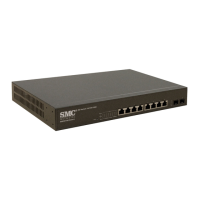
